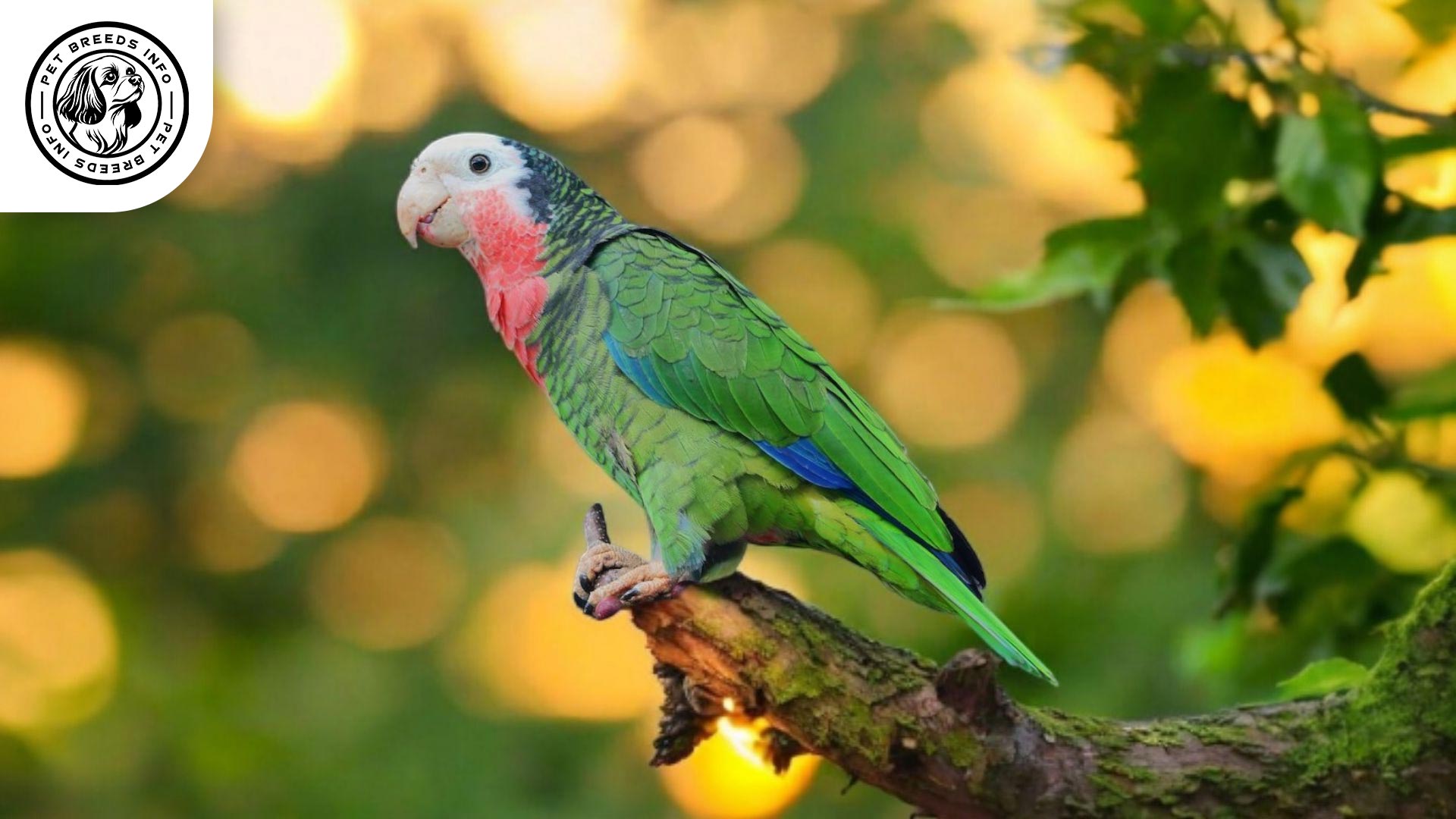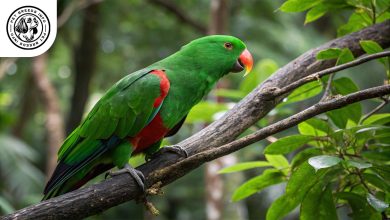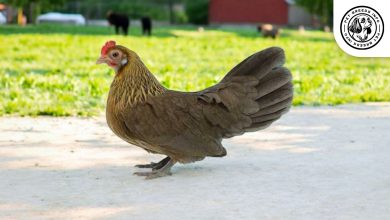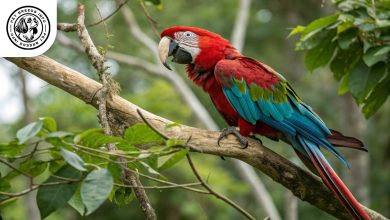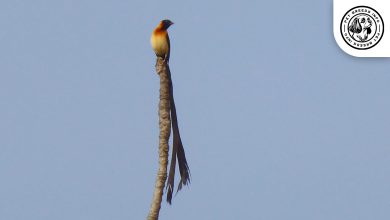Cuban Amazon Bird: Personality, Lifespan, Food & Care
General Introduction of the Breed
The Cuban Amazon (Amazona leucocephala), also known as the Cuban parrot or “Loro Cubano” in Spanish, is a medium-sized parrot native to the Caribbean. This beautiful bird is primarily found in Cuba, the Bahamas, and the Cayman Islands.
The Cuban Amazon has a long history in its native region, often being kept as a pet due to its intelligence and strong bond with humans. Unfortunately, habitat loss and illegal pet trade have led to population decline in the wild.
Table of Contents
| Common Name | Cuban Amazon |
| Scientific Name | Amazona leucocephala |
| Origin | Caribbean (Cuba, Bahamas, Cayman Islands) |
| Size | Medium; 12–14 inches (30–35 cm), 8–10 oz (230–280 g) |
| Lifespan | 40–60 years |
| Colors | Green with red/pink on cheeks and throat, white forehead, blue-tinted wings |
| Talking Ability | High – mimics words and sounds well |
| Noise Level | Moderate to high – vocal, especially when excited or bored |
| Social Behavior | Affectionate, playful, intelligent, but sometimes moody or territorial |
Physical Characteristics
The Cuban Amazon is a medium-sized parrot, typically reaching a length of 12 to 14 inches (30-35 cm). It usually weighs between 8 to 10 ounces (230-280 grams).
It has striking green plumage with bright pink or red markings on its throat and cheeks. Some individuals have a white forehead that contrasts with the red and green colors. The flight feathers and tail feature bluish hues.
Their eyes are dark brown or reddish-brown, framed by light-colored bare skin. The beak is strong and curved, usually a light ivory shade. The tail is short and rounded, characteristic of Amazona species.
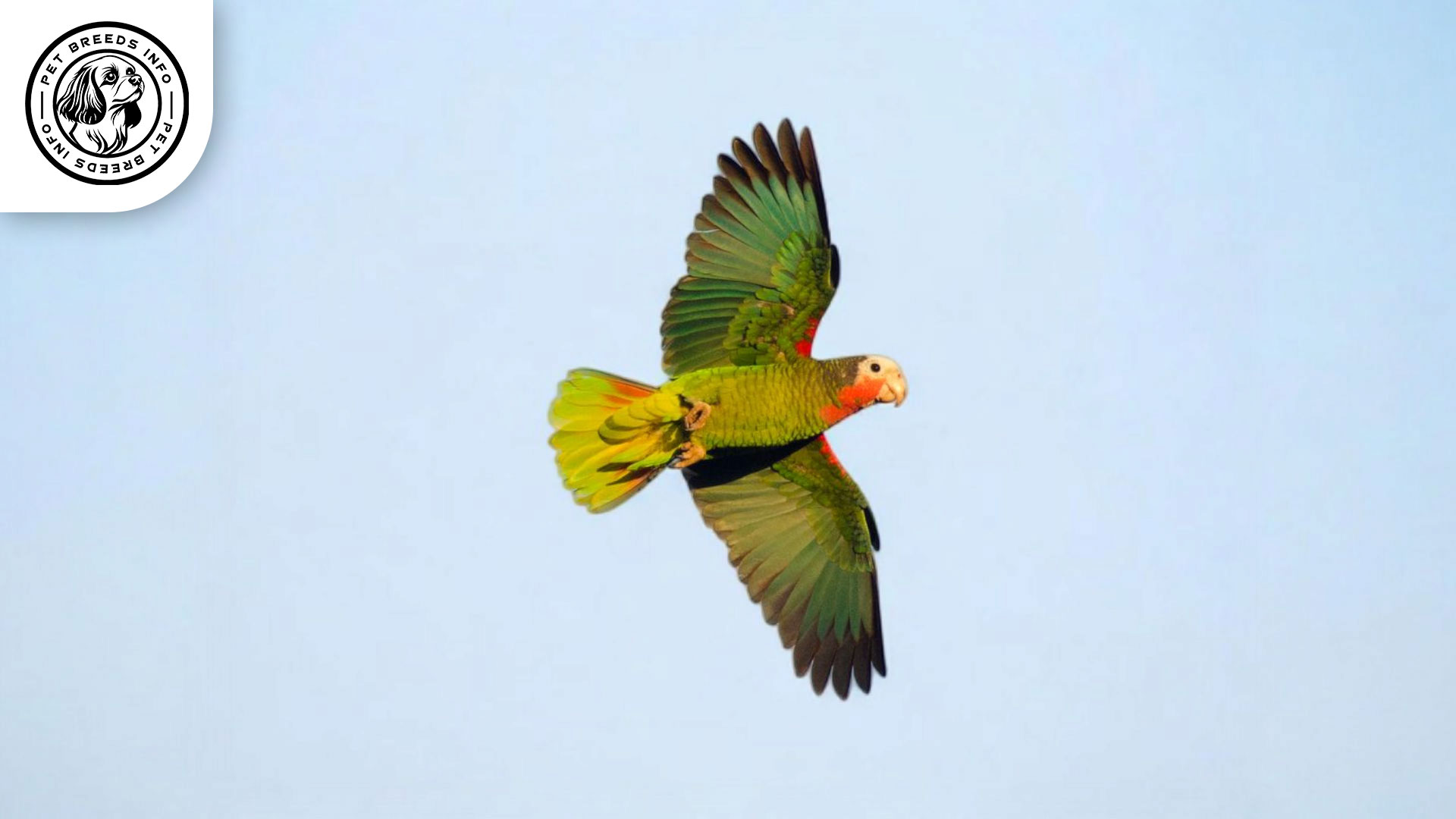
Personality and Temperament
The Cuban Amazon is an intelligent and highly social bird, known for forming strong bonds with its owners. It enjoys learning new tricks and mimicking sounds, making it a popular companion bird.
This parrot is energetic and loves to play, requiring plenty of mental stimulation to prevent boredom. It thrives in an interactive environment where it can socialize with humans and other birds.
While affectionate toward its owners, it can sometimes be moody or territorial, especially during breeding season. Early socialization is key to developing a well-mannered and friendly bird.
Care and Maintenance Requirements
The Cuban Amazon requires a spacious cage or aviary with plenty of perches and toys for mental and physical stimulation. Regular out-of-cage time is essential for exercise and socialization.
It prefers a warm, humid environment similar to its native climate. Exposure to extreme cold should be avoided.
Read More: Houdan Chicken
Grooming involves regular nail trimming and beak checks. Bathing or misting should be done weekly to keep its feathers clean and healthy.
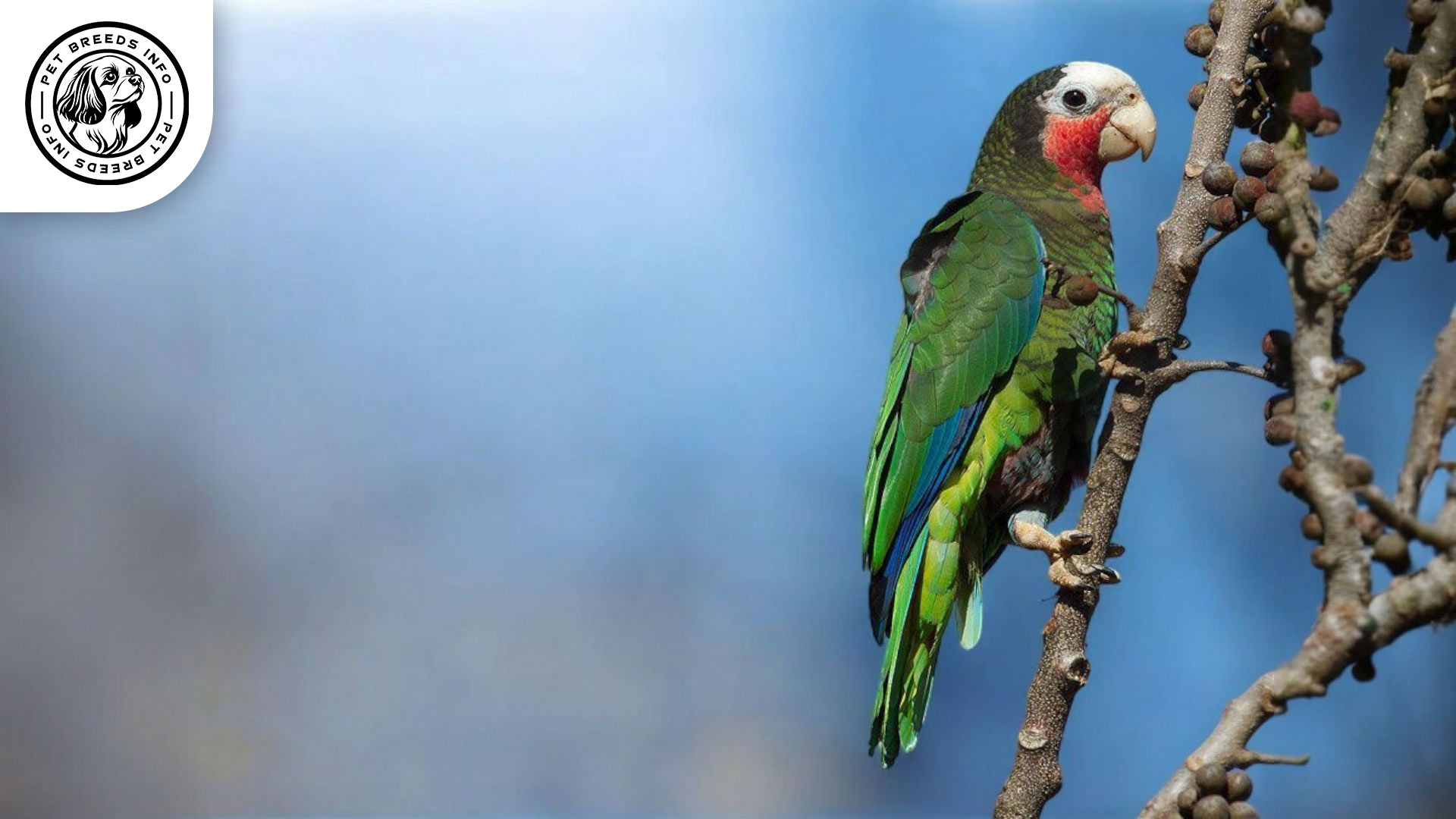
Diet and Nutrition
A well-balanced diet for the Cuban Amazon includes high-quality pellets, fresh fruits, vegetables, and seeds in moderation.
Preferred fruits include apples, bananas, papayas, and mangoes, while vegetables like carrots, peas, and leafy greens are also beneficial.
Foods to avoid include chocolate, avocado, caffeine, alcohol, and high-fat or salty foods.
Portion sizes should be adjusted based on activity level, with daily fresh food provided alongside clean drinking water.
Health and Common Medical Issues
The Cuban Amazon is generally a hardy bird with a lifespan of 40 to 60 years when properly cared for.
Common health concerns include respiratory infections, feather plucking due to stress, and nutritional deficiencies if not fed a proper diet.
Regular veterinary check-ups and a balanced diet help prevent many health problems. Keeping the cage clean and providing mental stimulation also contribute to its overall well-being.
Read More: Campine Chicken
Training and Behavior Management
The Cuban Amazon is highly intelligent and trainable, responding well to positive reinforcement and reward-based training.
Starting training early is crucial. Teaching basic commands such as “step up” and “quiet” can help develop a well-behaved bird.
Socialization is essential to prevent aggression or excessive screaming. Interaction with different people and experiences helps build confidence.
Interaction with Other Animals and Humans
The Cuban Amazon is affectionate with its owners but may be wary of strangers. It requires daily interaction to stay happy and well-adjusted.
It can get along with other birds but may be territorial, especially during mating season. Supervised interactions with pets and children are recommended.
Best suited for individuals or families who can dedicate time to socializing and training, as it thrives on companionship and engagement.
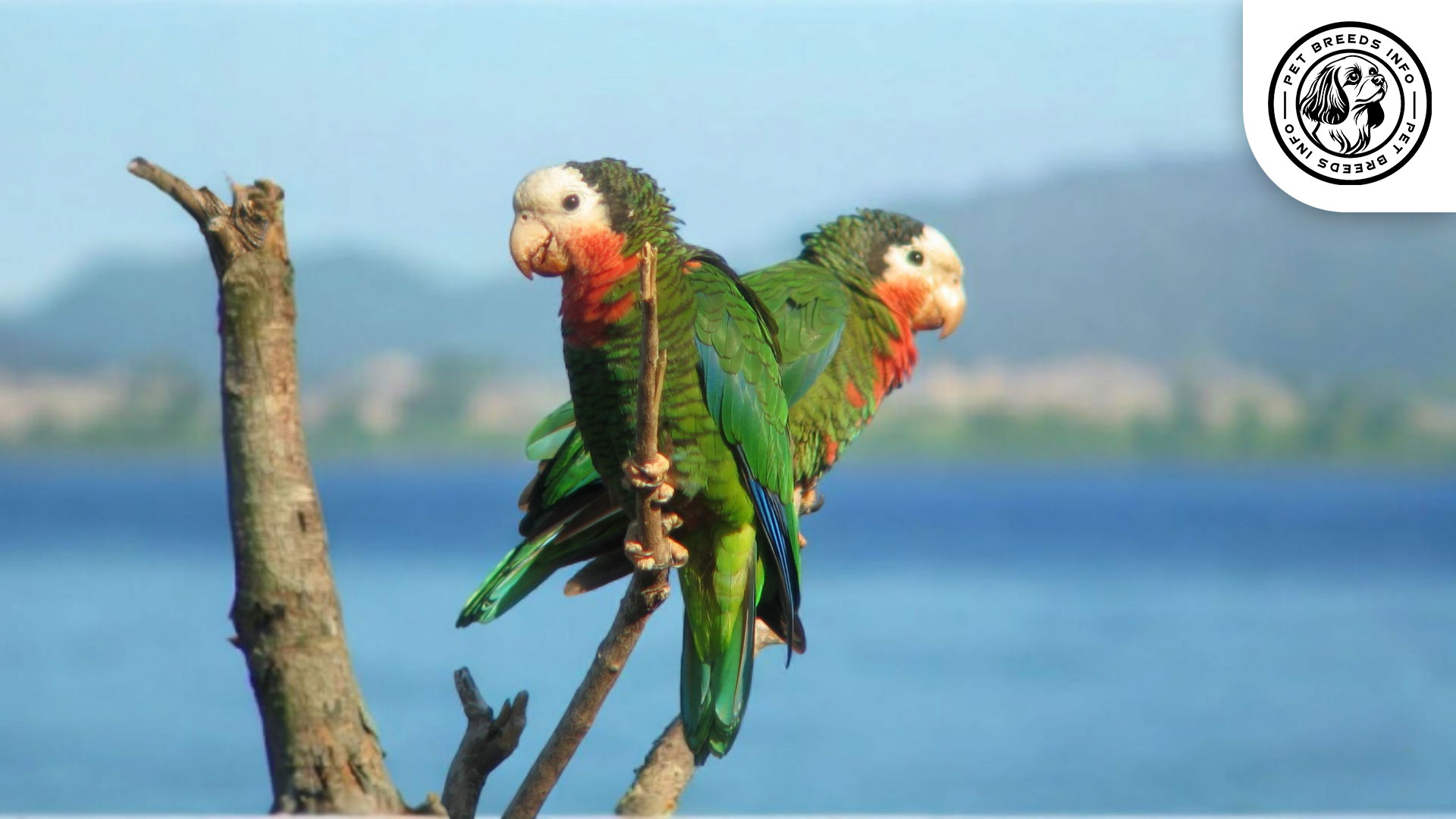
Price and Availability
The Cuban Amazon is a relatively rare bird, with prices ranging from $800 to $2,500 depending on factors such as age, breeder reputation, and region.
Prospective owners should purchase from reputable breeders or adoption centers, ensuring that the bird was not taken from the wild.
It is essential to consider long-term care costs, including food, toys, and veterinary expenses before acquiring one.
Conclusion and Final Thoughts
The Cuban Amazon is a lively and affectionate parrot, making it a wonderful pet for experienced bird owners who can offer it attention and mental stimulation.
Its intelligence and playfulness make it a rewarding companion, but it requires daily interaction and proper training.
Read More: Catalana Chicken
Before choosing this breed, potential owners should consider its long lifespan, social needs, and space requirements to ensure they can provide a suitable home.
FAQ
Where is the Cuban Amazon originally from?
It originates from the Caribbean, particularly Cuba, the Bahamas, and the Cayman Islands.
Can the Cuban Amazon talk?
Yes, it has strong talking and mimicry abilities, making it a popular pet for bird enthusiasts.
How big does a Cuban Amazon get?
About 12 to 14 inches in length and weighs between 8 to 10 ounces.
Is the Cuban Amazon easy to care for?
It requires a lot of social interaction, space, and mental stimulation, so it’s best for experienced bird owners.
What kind of diet is best for this parrot?
High-quality pellets, fresh fruits (like apples and mangoes), vegetables, and some seeds in moderation.
